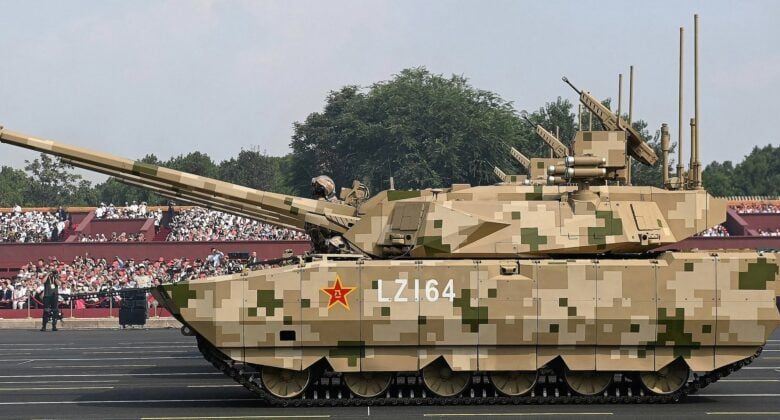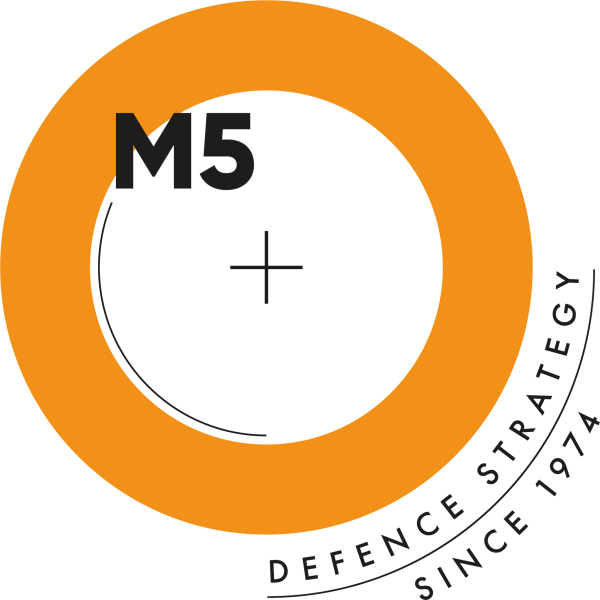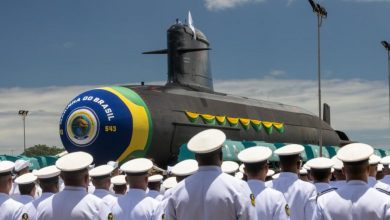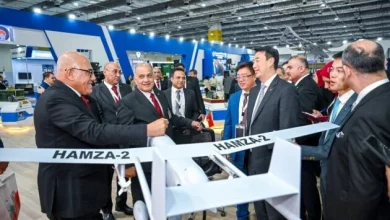Chinese new tank pushes warfare beyond line of sight

The Chinese People’s Liberation Army (PLA) Ground Force is moving away from traditional close-quarters tank engagements, instead focusing on long-range networked warfare, according to a frontpage report by PLA Daily.
The change is being driven by the deployment of the new-generation Type 100 main battle tank, described as a platform capable of linking air, ground, and electronic assets across domains.
In the article, titled Ground force fast tracks battlefield transformation, reshapes combat dimensions with technologies, the PLA Daily quoted tank commander Sun Yongming of an unnamed PLA brigade as saying the new tanks are reshaping how armored forces operate. “With the commissioning of the new-generation main battle tanks, armored operations have evolved from close-quarters brawls to beyond-visual-range engagements,” Sun said following a combined-arms battalion-level tactical drill.
He added that modern battlefield awareness has expanded into what he called “a higher-dimensional domain that integrates air, land, cyberspace and electromagnetic space.”
“I never would have imagined that we, the armored forces, would one day be able to utilize optical, infrared and radar sensors to perceive the battlefield from long range and with full-circle awareness,” Sun told the military outlet.
The Type 100 main battle tank and its accompanying support vehicle made their public debut during China’s Victory Day parade on September 3, 2025. According to official commentary provided at the event, the new platform combines high mobility, networked targeting, and coordinated operations. It is designed for rapid position seizure and penetration of layered defenses.
In its coverage, the PLA Daily also highlighted the integration of army aviation helicopters, electronic warfare units, new rocket artillery, and unmanned aerial systems, suggesting that the tank is no longer viewed as an isolated combat asset, but a core node within a broader, joint operational architecture.
Armored vehicle expert and lead analyst Serhiy Berezutskiy, an analyst at the Ukrainian Strategic Initiative Center, said that: “Type 100 differs radically from its predecessors, which evolved iteratively from the Type 59 medium tank (a copy of the Soviet T-55) to the Type 99 main battle tank (MBT). The first thing that stands out is its weight and size.”
The PLA Daily also cited a recent exercise where a battalion commander—identified only by the surname Yuan—was able to direct not only his own forces, but also summon support from other services and branches in real time. Yuan said this demonstrated that the PLA’s current operational paradigm has moved beyond traditional ground-centric warfare into a joint, multi-domain structure.
Such beyond-visual-range capability was previously reserved for naval and air platforms, Wang noted, as ground units historically lacked the power and technology to support advanced targeting and sensor systems. “China has become a leading country in the world with technology breakthroughs,” he said.
The Type 100’s ability to act as both a sensor and shooter inside an integrated network reflects the PLA’s push toward a digitized, information-driven battlefield.





